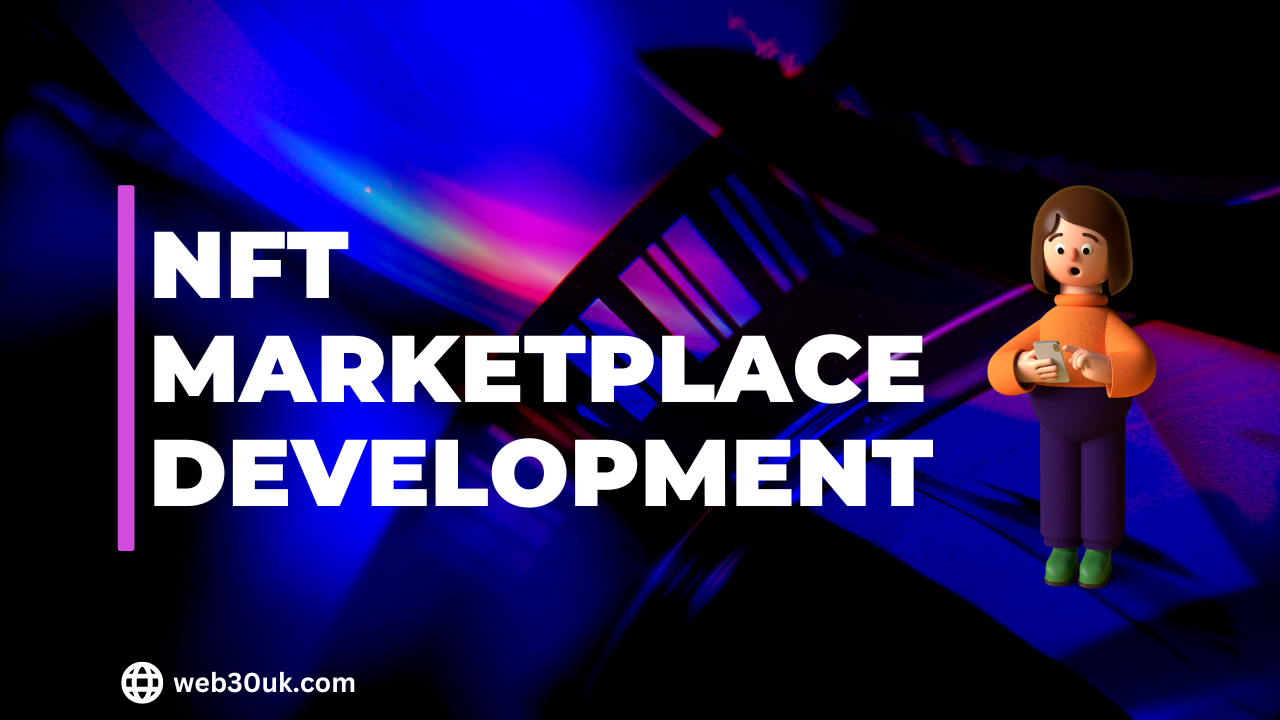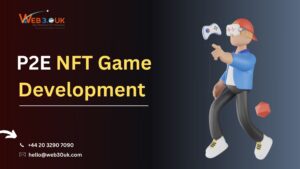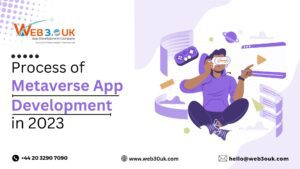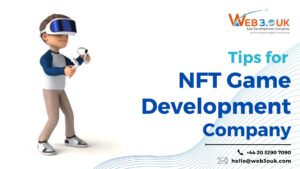Welcome to the world of NFTs (Non-Fungible Tokens) and the exciting opportunities they bring to the digital landscape.
In this article, we will explore five amazing ideas and techniques for developing an NFT Marketplace that stands out from the competition.
Understanding NFTs
NFTs have taken the digital world by storm, revolutionizing the concept of ownership and authenticity. Unlike cryptocurrencies such as Bitcoin or Ethereum, NFTs represent unique digital assets that can be bought, sold, and traded on Blockchain Development platforms. Each NFT holds a distinct value and can represent various forms of digital content like artwork, collectibles, music, videos, and more.
The Rise of NFTs
Over the past few years, the popularity of NFTs has skyrocketed, attracting attention from artists, creators, and investors worldwide. The ability to tokenize and monetize digital assets has opened up new avenues for creators to showcase their work and generate revenue. To capitalize on this trend, developing a robust NFT Marketplace is crucial.
Ideas and Techniques for NFT Marketplace Development
#1. User-Friendly Interface and Experience
A successful NFT Marketplace should prioritize user experience. By creating an intuitive and user-friendly interface, you can attract and retain a larger user base. Ensure that your marketplace offers seamless navigation, easy onboarding, and clear instructions for buying, selling, and trading NFTs. A well-designed interface will enhance user engagement and encourage repeat visits.
#2. Curated Collections and Featured Artists
To stand out in the competitive NFT marketplace landscape, consider curating special collections and featuring renowned artists. This strategy not only brings attention to your platform but also builds trust among users. Collaborate with artists to showcase their exclusive works and create limited editions to drive demand. Highlighting notable collections and artists can attract collectors and enthusiasts, generating buzz around your marketplace.
#3. Secure and Transparent Transactions
Security is paramount when it comes to NFT marketplaces. Implement robust security measures, including two-factor authentication, encryption, and secure wallet integrations, to safeguard users’ assets and personal information. Additionally, leverage blockchain technology to ensure transparent and immutable transactions. Users should feel confident in the authenticity and ownership of the NFTs they acquire on your platform.
#4. Community Engagement and Social Features
Creating a vibrant and active community around your NFT marketplace is essential for its long-term success. Incorporate social features such as user profiles, comments, likes, and follows to encourage interaction and collaboration. Additionally, consider organizing events, competitions, and auctions to engage with your user base and keep them excited about your platform. A thriving community fosters loyalty and attracts new users organically.
You May Also Like: The DeFi Trends Gaining Steam in 2023
#5. Integration with Emerging Technologies
To stay ahead of the curve, explore opportunities to integrate emerging technologies into your NFT marketplace. For example, consider incorporating virtual reality (VR) or augmented reality (AR) experiences to enhance the way users interact with NFTs. Embracing these technologies can offer a unique selling point, setting your marketplace apart from competitors and captivating users’ imaginations.
Conclusion
Developing a successful NFT Marketplace requires careful planning and execution. By implementing user-friendly interfaces, curating collections, prioritizing security, fostering community engagement, and leveraging emerging technologies, you can position your marketplace for success in the fast-growing world of NFTs. we understand the importance of well-crafted content and effective SEO strategies to help your website rank high on Google. Trust us to provide you with valuable insights and support in your journey toward building a thriving NFT marketplace.










